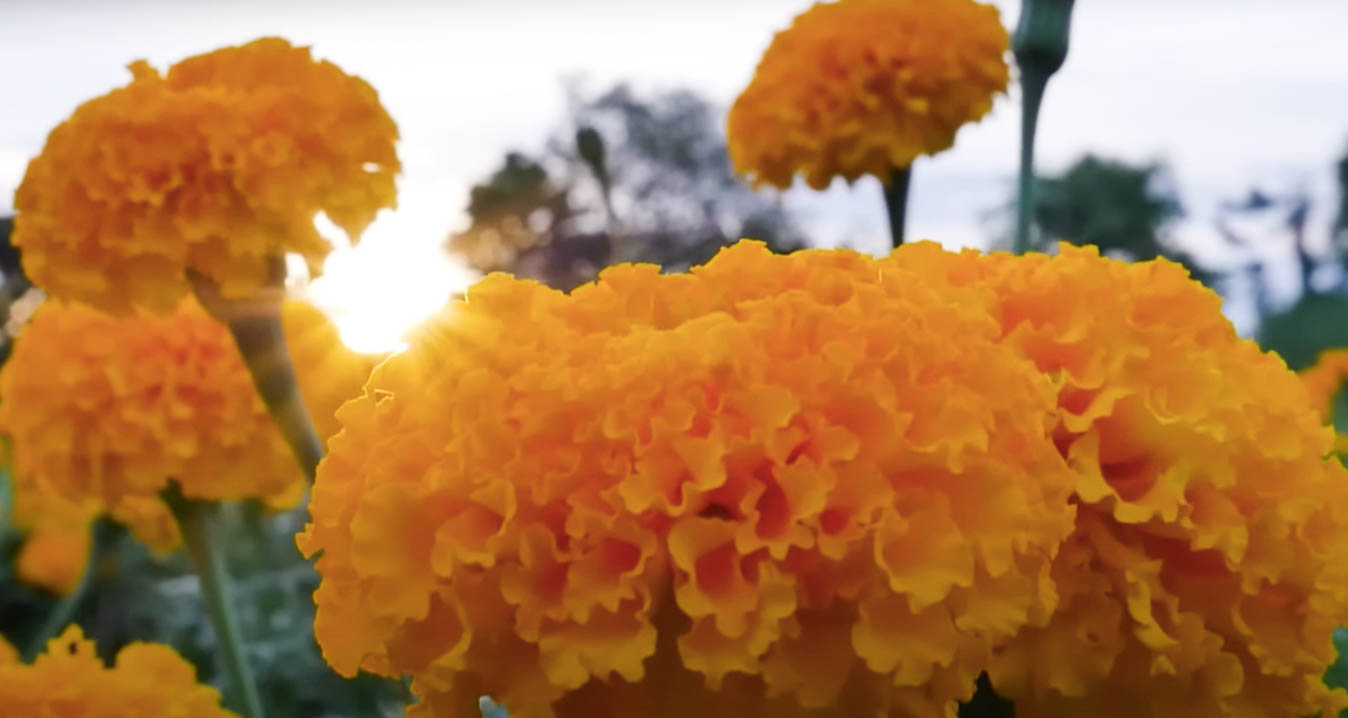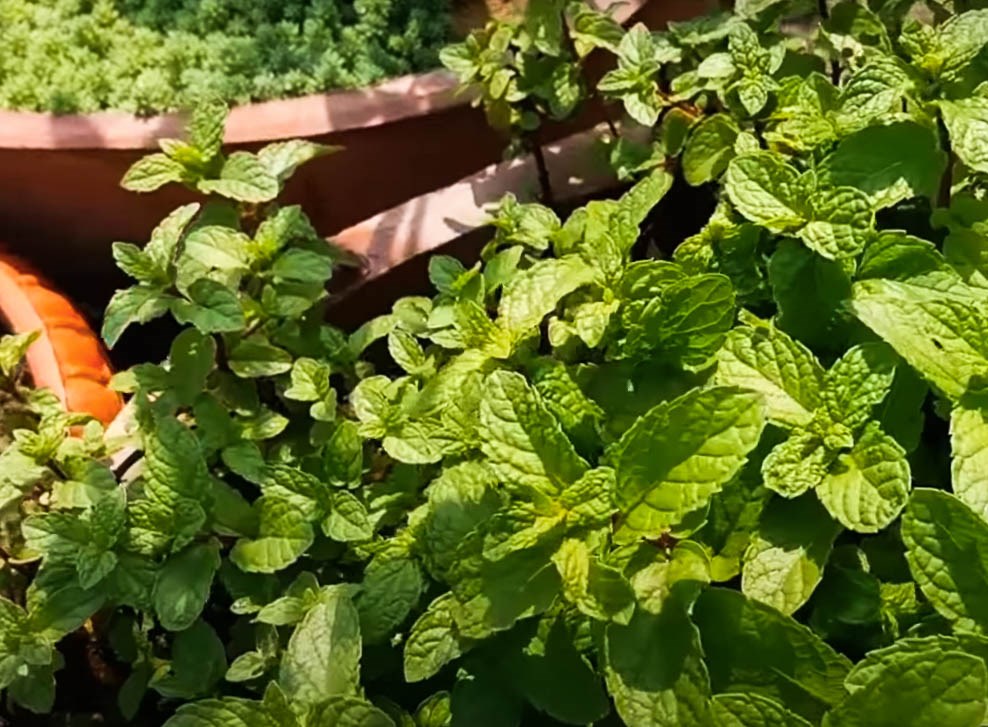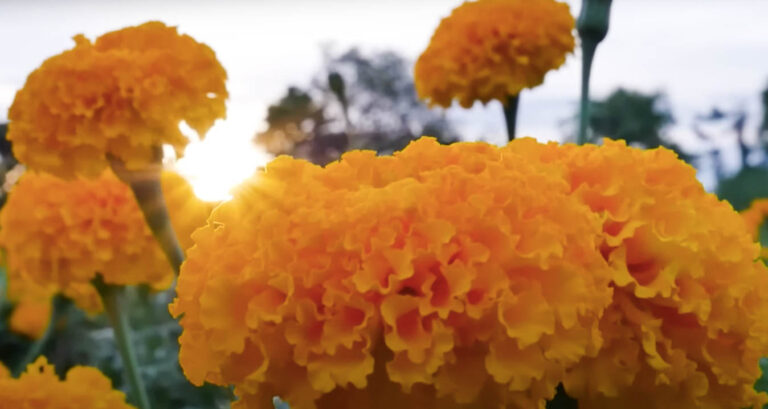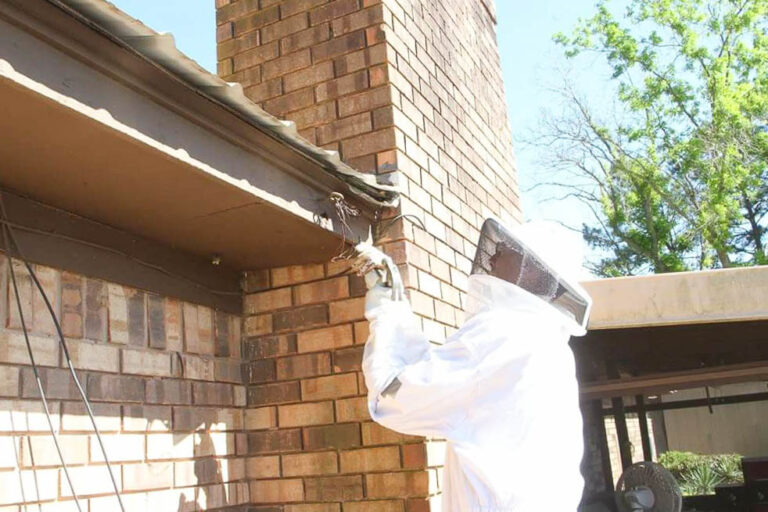Bee repellents
Bee repellents
Bees are not exactly the worst pests to have on your property. Still, they are not fun to have around. Not allowing bees to settle on your property involves making your property unappealing to them as well as removing the infesting insects. This article focuses on how to make a property unappealing by using natural products. Repellents will make the property less appealing and discourage the activities of the bees.
Marigolds
Marigolds are one of the most important plant repellents of bees. Bees hate the smell of marigolds. On this basis, marigolds can serve as a highly effective form of repellent against beehives. You can grow marigolds in your flower bed as part of efforts to keep bees away. If you have a swimming pool, marigolds will also serve as an effective barrier around your pool, for keeping bees away.

Garlic powder
Garlic powder has a multifaceted effect as a natural pest repellent. One of the top effects of this repellent is on bees. Apply garlic powder to affected areas to reduce the activity of bees in the area. We should mention that this repellent could be dangerous too. Do not spray this repellent directly on the bees because the powder will be toxic to the bees. Simply spray the powder in areas that bees frequent to discourage their activity.
Cinnamon
Bees also do not like the smell of cinnamon. They find the smell unwelcoming, and this is why cinnamon can be applied as a bee repellent. You can use cinnamon as a bee repellent by applying it to areas frequented by the bees. Such areas include the entrance and exit of nests. The key to using cinnamon as a bee repellent is to keep reapplying until the bees are gone for good. You can reapply the repellent as many times as you wish.
Peppermint
The peppermint plan is another bee repellent on the basis of smell. Just like bees dislike the smell of cinnamon, they also dislike the smell of peppermint. You can apply peppermint as a repellent by growing the plant on your property. As the plant grows and the smell of the plant becomes more obvious, the bees will begin to react to the repellents and eventually leave.
Distilled vinegar
You can also apply this simple repellent in getting rid of bees on your property. Distilled vinegar is a natural bee repellent that is good for both indoor and outdoor use. You can use distilled vinegar as a repellent by placing open containers of the liquid in the affected spaces. This will discourage the bees from hanging around. Distilled vinegar can be used directly as a bee repellent. It can also be used to clean birdfeeders and other surfaces that may attract bees.
Citronella candles
As a bee repellent, citronella candles work simply by masking the odor of other substances that attract bees. Bees are attracted by fresh and sweet-smelling odors. To discourage the activity of bees in an area, because of enticing smells, burn the candles, and mask the smell. Citronella candles can serve as suitable repellents, both indoors and outdoors. The quantity of candles that you will burn is dependent on features such as the size of the target area.

Soap solution
Soap solution is a great repellent for reducing the activity of bees in an area. The soap solution is a DIY product that is made by adding half a spray bottle of water to half a spray bottle of mild soap. You can spray the affected areas with the soap solution to encourage the bees to leave and find new homes. When trying to get bees to leave your property, you should focus on measures that have been proven to be effective and are readily available. You should also apply the repellent consistently until you get the desired results.



